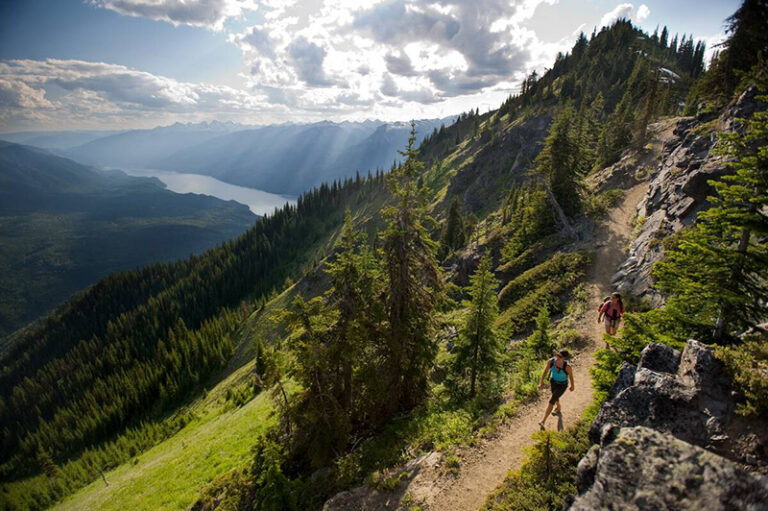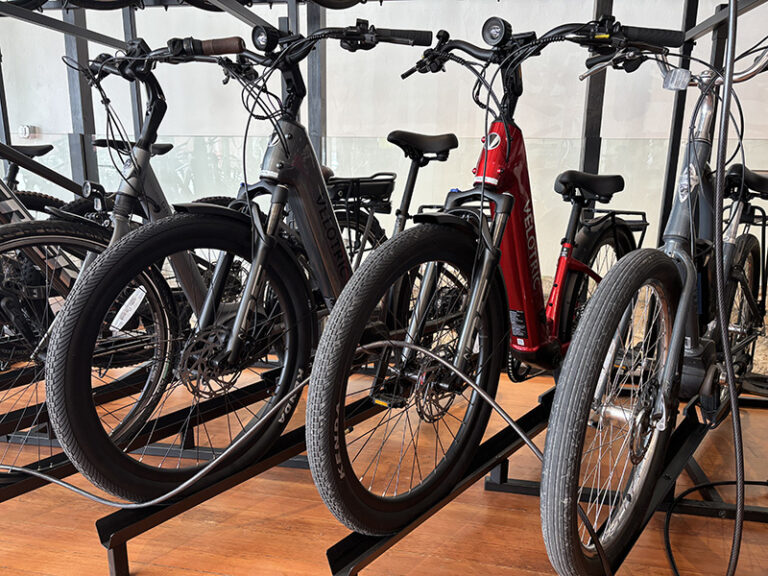Both times I’ve consumed energy drinks rank highly in my poor judgment hall-of-fame, right up there with the time in college I dated a guy who thought I was his brother from a past life. Surprisingly, that was not our last conversation.
The first time I had Red Bull was with Jaegermeister, and I would like to defend the Germans for their part in all this. Jaeger is a ‘digestif’ to be consumed in sips after a hearty meal with the intent of aiding in digestion—presumably after eating a ridiculously huge meal of wild boar sausage and sauerkraut on grey bread. They never intended for it to be chugged by sunburned British tourists in Ibiza to a techno soundtrack.
The next time I consciously chose this liquid form of methamphetamine-esque syrup was a post-mountaineering adventure. I needed to get home on limited sleep, so I grabbed a sugar-free can of fizz at a gas station. I figured risking cancer and neurological atrophy would be better than a blood-sugar crash.
For the next six hours, I partied in the front of my truck like it was Ibiza all over again. I was alive and I had been mountaineering and I could live forever! I was invincible. Unstoppable. Until the juice ran dry.
I pulled into my mother’s driveway, strung out and smelling of detox and stale climber’s sweat, singing Neil Young. “I love you baby/Can I have some more…?”
There is a market that is ripe for these kinds of energy drinks, motivated by an entire society that burns the candle at both ends. Everywhere we look, we see beverages that promise to enhance mental clarity, elevate energy, avoid afternoon crashes, and increased sex drive. As outdoors people, athletes, mothers, and weekend warriors, we are often looking for a way to have all of the above. It is hard to ignore the siren song of caffeine and guarana (a more exotic form of caffeine) when trimmed with nutritional hype like “B vitamin rich!”
But here’s the reality: You cannot rob Peter to pay Paul. Telling your body it has energy it doesn’t really have is a lie that will, like all lies, catch up to you. It comes in the form of adrenal fatigue, blood sugar dysregulation, diabetes, heart palpitations, and, you guessed it, a decrease in sex hormone production (see: plummeting libido).
The National Institute of Health (NIH) is issuing warning after warning about energy drinks, like the dangers of unmeasurable caffeine as some beverages have up to 500 mg. If you don’t know what that feels like, I’m guessing it’s comparable to coming off dirty crack and homemade lemonade. The NIH also warns against combining caffeine with alcohol. Teenagers are especially at risk because, instead of passing out after two Zimas and a shake spliff like we did in my day, they are able to consume more and for far longer.
So what should we be drinking? Let’s be honest—even the hoity-toity nutritionist would need rehab to get off her morning coffee. Here are some better choices that actually provide nourishment:
- Water. Duh. Studies show that even mild dehydration can lead to fatigue, decreased blood pressure, headaches, depression, and reduced cognitive ability. Also, water is free. Feeling low? Chug a glass and wait ten minutes.
- A nap. Okay, so you can’t really drink a nap. But if you’re feeling too exhausted to bike after work with the boys and have to pound that rock concert in a can in order to rally, chances are you would be better off getting some sleep. For real. If your body doesn’t have energy, it’s because you are out of it. Taking a stimulant requires several systems of your body to spring into action, both to regulate your blood sugars, have a stress response (there are those adrenals again), pump out some cortisol, and make you push yourself harder than you would or should.
- Coconut water. Want some calories and electrolytes? A little coconut water will go a long way without the sensation that you’re indebted to a Columbian drug lord. This is a great pre-workout/adventure beverage.
- Coffee. I don’t recommend drinking caffeine after noon because, as your cortisol (stress response hormones) levels drop during the day, your melatonin (sleepy time hormones) begin to increase. Caffeine can disrupt this natural circadian cycle. Yet studies also show it can improve athletic performance and fat burning when consumed before exercise. In small amounts, not emergency-room-panic-attack visit amounts. Turn your cup of joe into a nutritional delight by adding some good fats. You can even find collagen infused coffee now, or coffee with cordyceps, which are fancy mushrooms with anti-oxidant and anti-inflammatory effects (both available from locally produced Defiant Coffee). They are all the rage right now, for good reason.
Perhaps most importantly, listen to your body. If it is telling you that it needs energy, it’s not suggesting you get it from a can. //
When Ammi is not chasing her first love (trails), she is preaching her second (food) as a Nutritional Therapist. To find out more about saving the world with kale or the misadventures of a single mom, visit her website at www.twobirdsnutrition.com.













